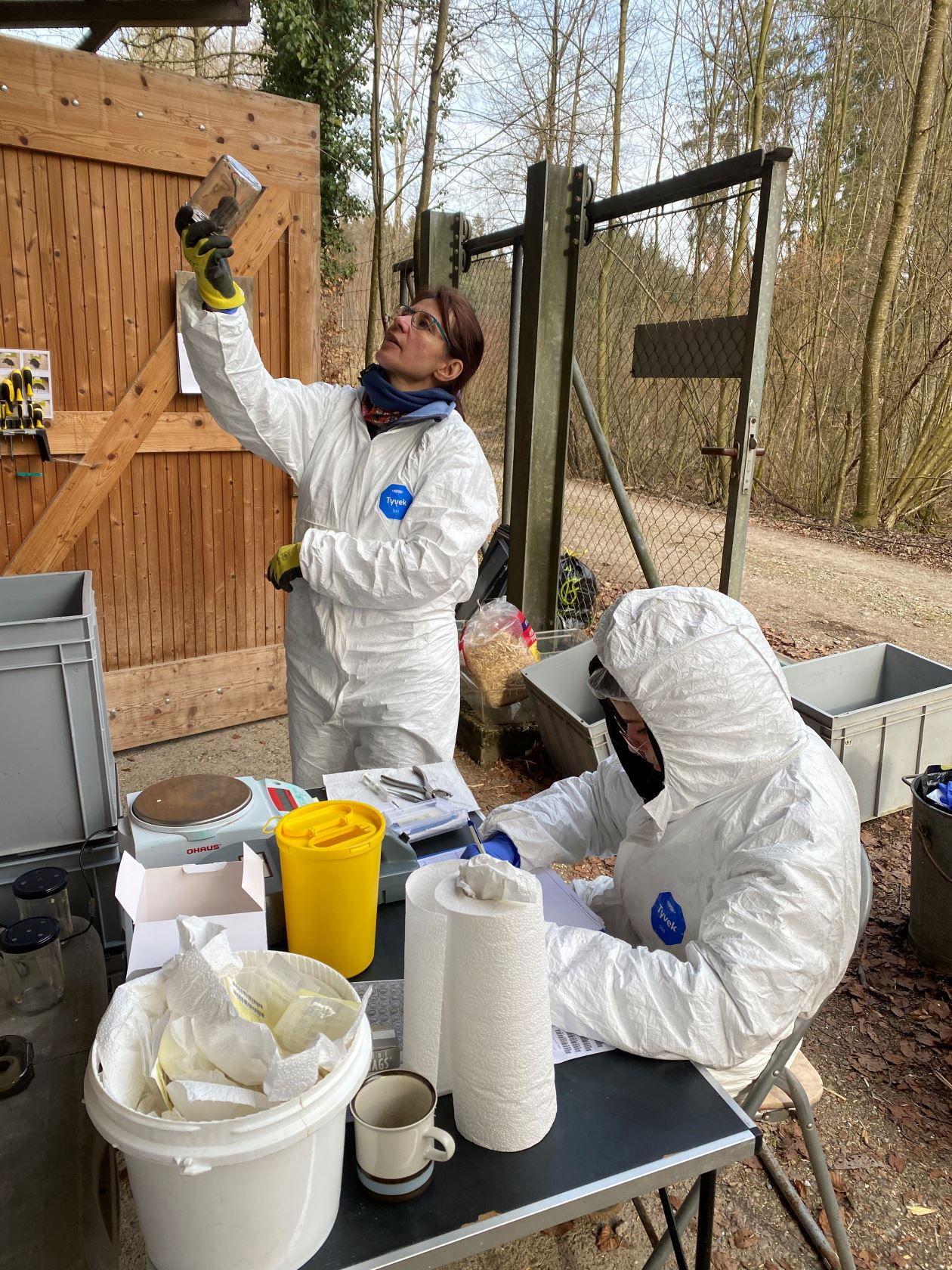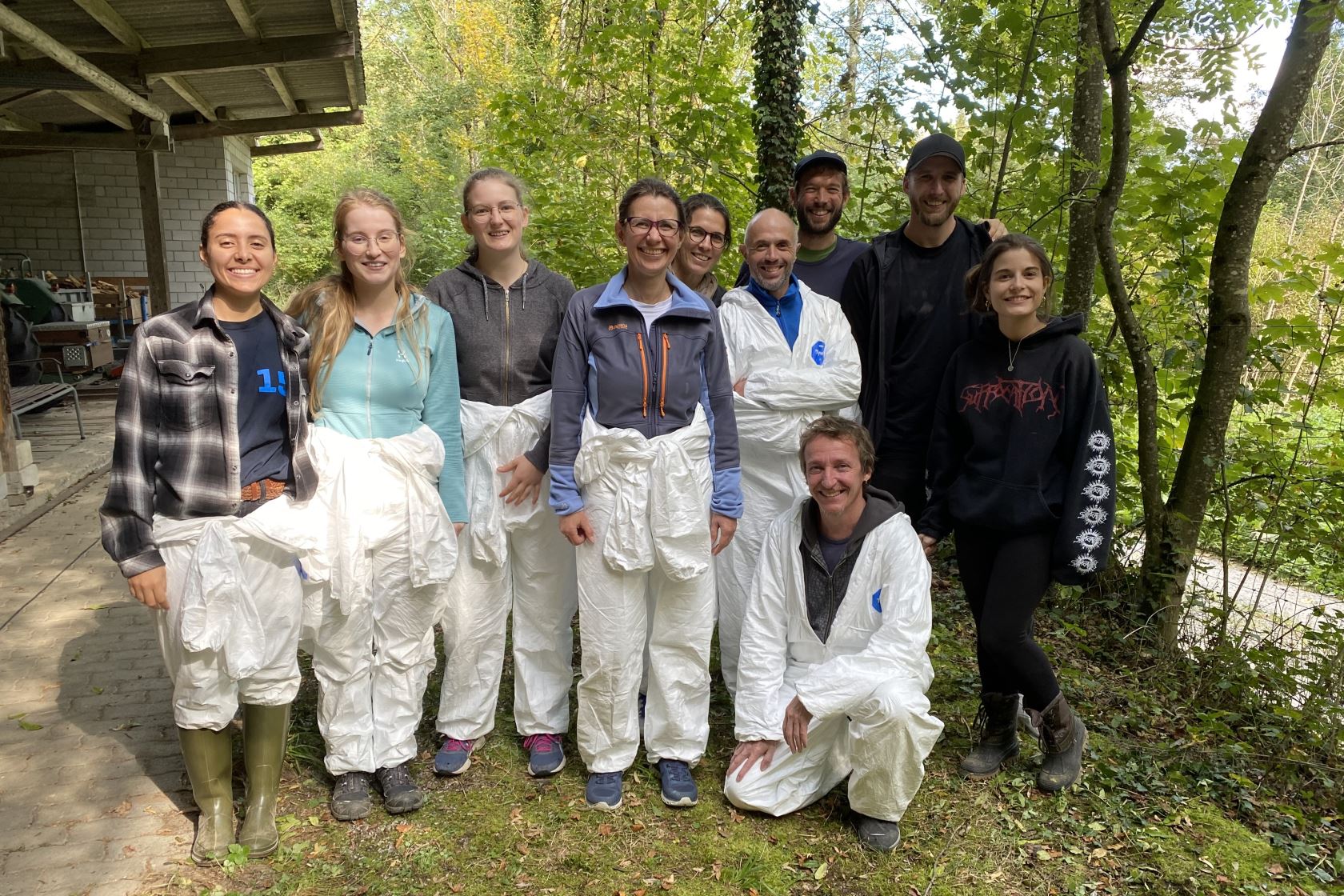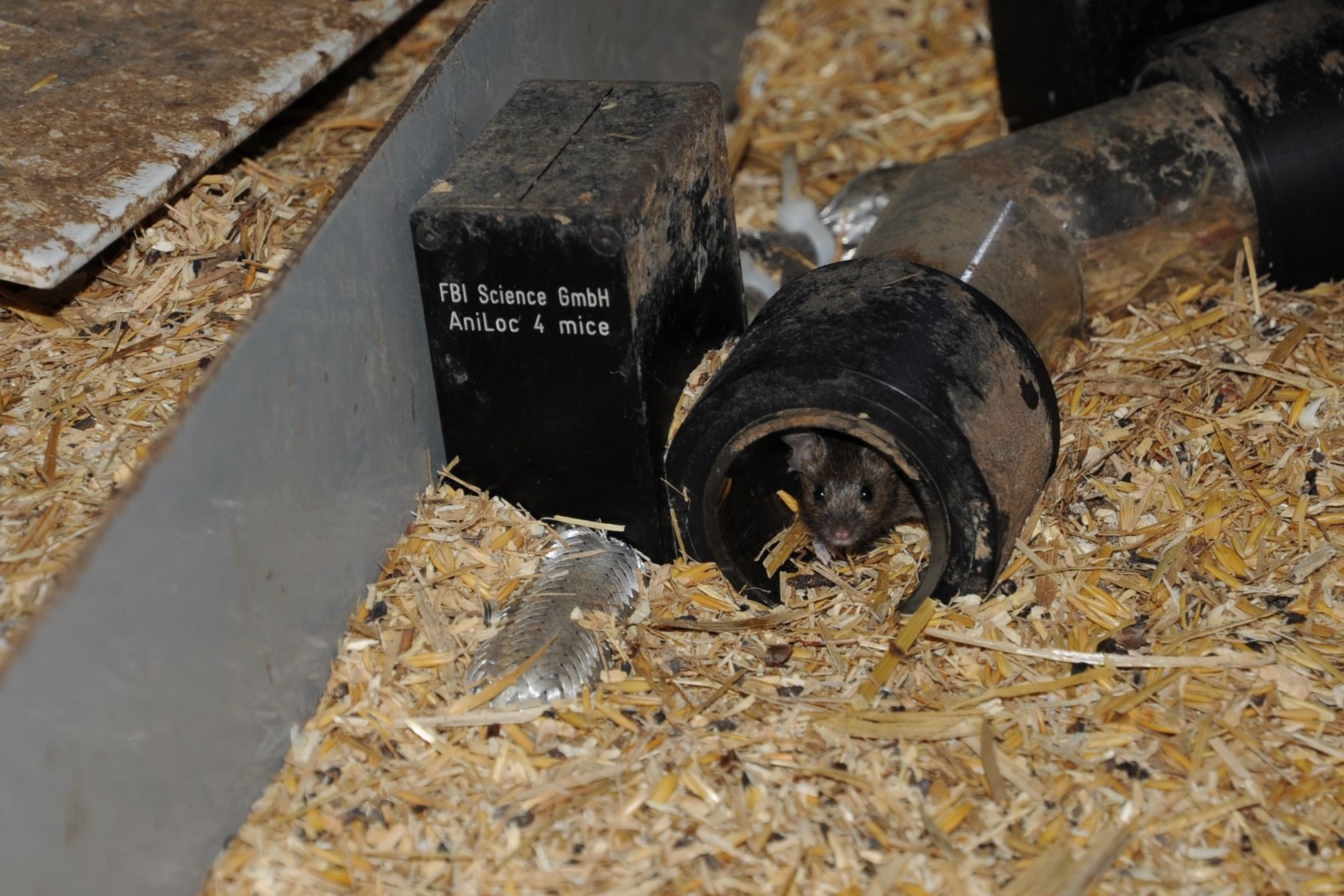Illnau
Zurich barn house mice study
In an old barn in Canton Zurich we study a large population of the house mouse Mus musculus, a small group-living mammal native to Switzerland. With a short generation time and high reproductive capacity, house mice play an important role as prey species in ecosystems. These characteristics, along with their group-living behavior, make them an ideal model for investigating behavioural, ecological, and evolutionary questions. Domesticated house mice are also widely used in medical research, providing a wealth of information about their biology. However, much of this knowledge has been derived from studies in artificial environments and specific lab strains, leaving a substantial gap in our understanding of how mice behave and interact in natural settings. Studying wild house mice is also important due to their role in human-animal conflicts. Their ability to thrive in human settlements and farms, often at the cost of hygiene and agricultural production, has earned them the label of pests. By examining the traits that drive their success, we can gain valuable insights that may lead to more effective and humane pest control solutions.
What is unusual about our research is that we follow the lives of individual house mice within a population of about 500 animals over many generations. Since the birth of the first offspring in 2003, more than 19,000 pups have been born into the population, making this the largest mammal study in Switzerland. Mice are free to come and go from the barn, with many choosing to remain in the study population to benefit from the food, water, and secure nesting sites we provide. This behavior aligns with their natural tendencies, as house mice in central Europe inhabit man-made structures where resources and hiding places are readily available. Each individual is monitored from birth until death (or until it leaves the study population), with adult mice identified by RFID tags. This allows us to closely follow the shifting social dynamics of males and females within their groups. From tiny skin samples, we obtain DNA, allowing us to study genome features, and to determine each mouse’s parentage. These insights help us uncover the factors that distinguish reproductively successful mice from those that are not.
By continuing to study this population, we aim to understand how house mice adapt to fluctuations in density, as their numbers naturally rise and fall, and to environmental changes, such as a warming climate. We also investigate shifts in gene frequencies, such as when the naturally occurring selfish genetic element, the t-haplotype, increased in frequency before eventually disappearing from the population. The population is constantly evolving, and as our ability to monitor these mice advances, we can explore new dimensions of their biology. This progress is further enhanced by collaborations with research groups at the University of Zurich, other Swiss universities, and international institutions.
In addition to studying the wild population, we maintain a laboratory population of house mice, enabling us to conduct replicated experiments that focus on mouse behaviour and genetics. The lab setup has attracted collaborations with researchers across Europe and internationally. We use the wild population to generate hypotheses about mouse biology, which we then test in the lab. The process also works in reverse: detailed observations in the lab often spark new ideas that can be explored and tested in the wild population. This reciprocal approach enhances our understanding of house mouse biology in both controlled and natural environments.
Our study has yielded new insights into diverse topics, including cooperation, successful reproductive strategies in both females and males, animal social relationships, maternal investment, dispersal, domestication, fitness costs associated with selfish genetic elements, and reproductive isolation associated with Robertsonian fusions. We are currently embarking on new projects focused on vocal communication, the evolution of the t-haplotype meiotic driver, ageing, inbreeding, and strategies to reduce the reproductive rate of house mice.




